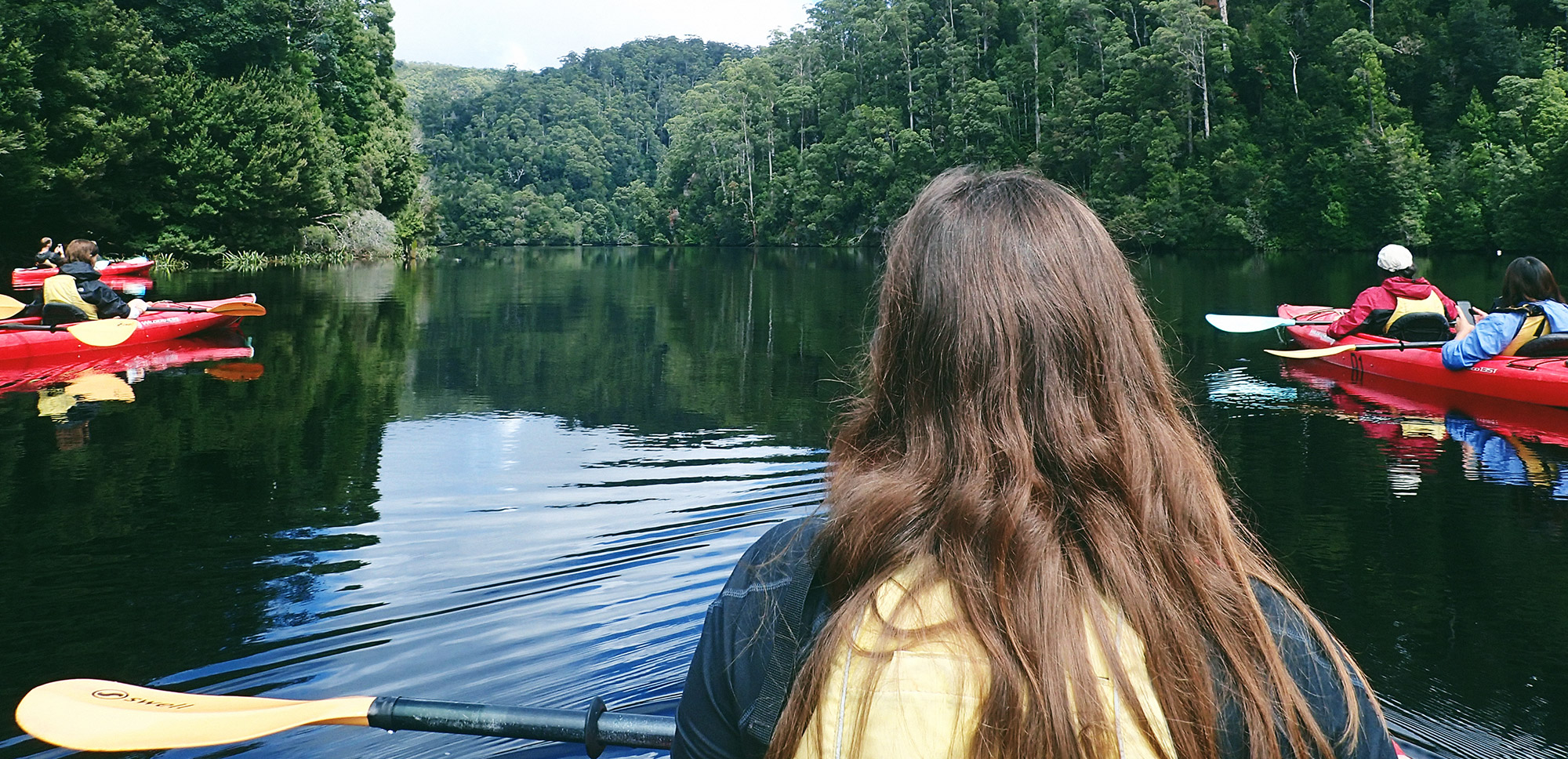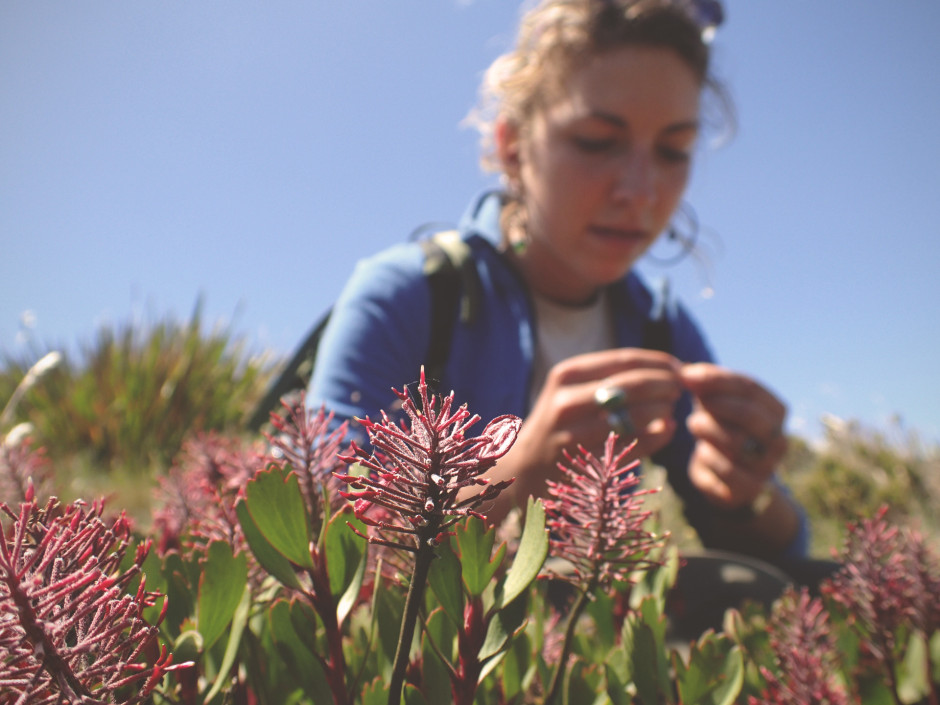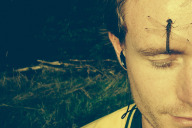“All becoming has needed me.
My looking ripens things and they
come toward me to meet and be met.”
~ Rainer Maria Rilke, 1899 ~
I am often asked how I would summarize my PhD research – or, at the very least, my experience of it – in a few words (little wonder given the full dissertation was over 300 000 words…). I came to realise that it could potentially be synthesised in just 5 or 6 words:
“Mind what you attend to…”
Or, with an additional twist:
“Mind is what you attend to…”
In each and every moment of the stream of experience that is conscious life, we have a choice of what to attend to. Our consciousness is always directed toward something. This self-willed intentionality – selective or directed attention – is the effortful, conscious process of utilizing cognitive resources to focus perception on selected stimuli… while filtering, diluting or avoiding distraction from unrelated, irrelevant or competing stimuli. This determines what, how and for how long we give something attention, whereby choices feedback and determine the content of the everyday experiences which form and shape consciousness.
Consciousness supplies patterns of intelligence and significance to our experiences and being conscious of the world allows us to endow our life with meaning and context. This is the part of intentionality which is central to consciousness: our conscious experience is that which we direct our attention to, creating an active interaction between ourselves and the phenomena (e.g. object, thought, emotion) receiving our attention. In other words, there is phenomena or content appearing in consciousness (‘what’ we pay attention to – noema) and there is the process or act of interpretation (‘how’ we pay attention – noesis) whereby the essence of the phenomenon is the blend of each illuminated in consciousness.
The central role of intentionality in consciousness increasingly fascinated me throughout my 5 years of research and continues to do so. It may seem common sense but I came to the vivid realization that nature connectedness can only be achieved through selectively and persistently directing our attention toward phenomena in the natural (other-than-human) world. Over time, selective attention and perceptual processes form concepts in our mind which give structure and order to our experiences while activating a deeper ecological intelligence.
French philosopher Merleau-Ponty expanded the idea of intentionality to include the subjective sensing body. This acknowledges that the body is capable of directing itself toward the perceived world before preverbal thought or active personal reflection. This bodily sensing is neither a passive registering nor an active imposing of a meaning but rather a communing which creates the vital connection between the sensing body-subject and the world.
Rather than being in the mind, consciousness as Merleau-Ponty conceived it, is in the world as it opens up around us though our orientation, but is equally the activity of the world as it expresses itself in human consciousness. The perpetual sensual interplay – the living dialogue – between the individual and the environment precludes any possibility of viewing the world from an external vantage point. In other words:
…humankind and nature are two different yet inseparable sides or participants in an inter-subjective community, always presencing together – intertwining, inter-permeating, inter-being – and always already interrelating with one another in intimate conversation.
(Adams 2007: 49 in Ashwell 2010: 66).
This suggests that participation is inseparable from perception and attention in that it always involves active interplay between the perceiving body and that which is perceived.
In the shadowy fields of this perceptual potentiality, it therefore feels like meaningful nature experience lies-in-wait for a sustained look, thought or emotion which impels it out of its dormancy and into a dance with physical reality. Hanging on the invisible trees of unseen possibilities, meaningful nature experiences dangle patiently awaiting only for a moment to ripen under our gaze and fall into our privately knowable worlds.
That gaze need not be only with one’s eyes: it may equally spring from the tactile sensing body, curious mind, compassionate heart or searching soul. There is ‘it seems’, an alchemical quality to attention which, with consciousness, gives it an incisive power. This ability, I have learned, was understood by the Zen masters who knew that focused attention was the blade for consciousness, the instrument.

Cynics might contest that since I was focused on meaningful nature experience for over four years then I would obviously be looking for it and therefore experience it more readily. To which I would reply:
“Exactly – that’s the point! Use it. Apply it. The potential benefits demand it…”
Whilst these descriptions might infer a more metaphysical dimension, it need not be esoteric. Since our experiences comprise our consciousness and our directed attention defines our experiences, it is a simple equation of harnessing our will to focus and on that which we want to fill our being. If you desire connectedness with family and community, authentically attend to that; if you yearn for connectedness with nature then attune to its rhythms, patterns, textures, sounds, shades, scents – its silence. Be open when it responds.
Modern tech-filled society and screen-mediated experience thrives on dismantling our stream of attention. Scattered and fragmented, our focus skims the surface of a multitude of diverse phenomena, lured by novelty and hooked by artificial super-stimuli which briefly holds us captive before releasing us again into a sea of senselessness. We rarely linger to descend into depths of meaning and authentic engagement. I call this numbing condition ‘swipe consciousness’.
Our excessive anthropocentrism creates an incestuous experience that is reprogramming consciousness such that it distracts us from the (distress) calls of ‘ordinary’ earthly stimuli. If we do hear them, it is usually only fleetingly, cursory, leeringly – until our sensory-seeking attention takes flight on another dopamine-delivery jaunt. This is the hallmark of this age of “The Great Distraction”, wherein issues critical to our own survival as a human species fail to compete with our own narcissistic desires.
In this lies the unspoken tragedy: the convergence of social and ecological crises is fundamentally a crisis of consciousness. And, in essence, the crisis of consciousness is a result of misled, mistimed and misplaced attention. Our perceptual and sensory experience is fractured, shallower, distorted and we slip into an apathetic anesthesia (desensitisation) that fuels denial toward issues which don’t fall into (or sustain) our ordinary state of awareness.
The real voyage of discovery consists not in seeking new landscapes, but in having new eyes… ~ Marcel Proust
As Abraham Maslow found, the great lesson “is that the sacred is in the ordinary”. This is a lesson that can be easily overlooked and, in the context of my PhD which promoted the ‘non-ordinary’, the paradox is not lost. Is it possible that the more disconnected and distanced we become from nature, the more likely it is to encounter the non-ordinary since what was familiar is now so estranged?
Either way, meaningful nature experience holds promise as a competitive ‘hook’ for initially gaining attention which would otherwise be baited and consumed by the superficialities pervading artificial urban environments. The relationship is symbiotic and mutually reinforcing: communing attentively with the ordinary (to build nature connectedness) can potentially unlock the non-ordinary (meaningful nature experience).
In penetrating our everyday awareness, meaningful nature experience might act as the needed incentive for switching the habit patterns of a mind too easily persuaded to turn its attention away from nature. The non-ordinary need not be dramatic, supernatural or miraculous: its real power is in our participation with it. And the wonder is in connecting and harmonizing our consciousness with the consciousness of ‘the other’.
Ultimately, we trail back to complementary dualisms: without the ordinary, we cannot recognize the non-ordinary; without the profane, we cannot experience the sacred; and, without occasional disconnect, we would not truly know what it is like to feel authentic connectedness. Consciousness, just like the social and ecological systems within which it is enmeshed, is always in flux – states of lasting equilibrium are rare. The implications are that dualistic reductionist views of the world cannot suffice: we must view any of our interactions with the world as being one of intimate and reciprocated relationship where each permeates and always infuses the other.
Focus, Fatigue & Flow
Neuroscience demonstrates that an individual’s focus of attention determines the strength of brain synapses and the size of cortex areas. The capacity for humans to direct attention in this way appears to serve as:
- a coping mechanism to avoid the senses becoming overwhelmed and fatigued by all the stimuli (noise) in perceptual experience; and
- an evolutionary tool allowing humans to pay attention to phenomena that may impact upon survival or involve problem solving but which requires effort to sustain attention, e.g. listening for sounds of predators.
In both cases, (mental) effort is required to resist distractions from more potent stimuli. During the course of our everyday lives, we expend considerable effort and energy to not only sustain or direct focus to particular stimuli or activity, but inhibit everything else as competing stimuli This may result in fatigue, stress, irritability and an inability to apply direct attention.
One way of resting or restoring our attention is to engage in activities where focusing requires little effort – the stimuli effortlessly fascinate us and, in the case of meaningful nature experiences, they do so with awe. In everyday experience, this may include admiring aesthetically pleasing landscapes or finding fascination with animal behaviour and interactions. Environmental psychologists Kaplan and Kaplan explain:
As (William) James envisioned it, the way one maintains one‘s focus on a particular thought is not by strengthening that particular mental activity but by inhibiting everything else. From this perspective, the greatest threat to a given focus of attention is competition from other stimuli or ideas that can be the basis of a different focus. Inhibiting all such potential distractions protects and hence sustains the original focus. In focusing, or directing attention, a great deal of effort is devoted to avoiding distractions or as James put it, “to resisting the attractions of more potent stimuli”.
Extended nature observation (e.g. wilderness journeys, as a form of meaningful nature experience) allow for a deep level of rest, recovery, relaxation and renewal of attention. This is something not normally obtainable in everyday life; in particular, it is not only the absence of distraction but the existence of elements of the natural surrounds which can effortlessly hold attention and provide meaning and purpose.
On occasions ‘a flow state’ may arise – a prolonged and intense directing of consciousness may allow persons to experience an awareness of surrounds and oneself within (focused) consciousness. It is this whole-of-body involvement and the collapsing of distance and boundaries between who we are and what we are doing that invites flow experiences and quite possibly, a peak or other form of meaningful experience within that flow.










Be the first to share a comment